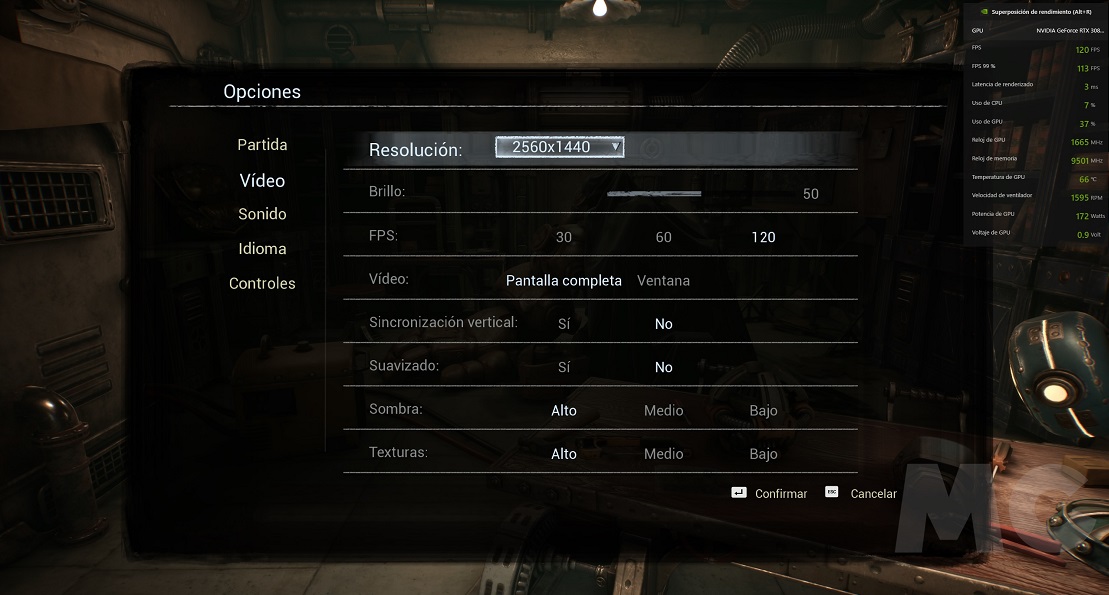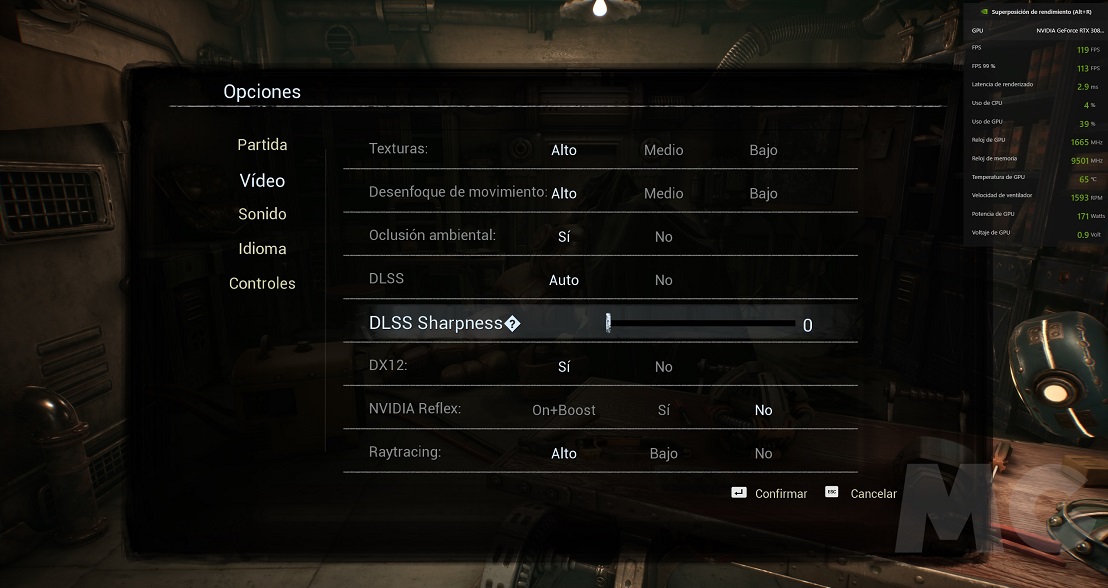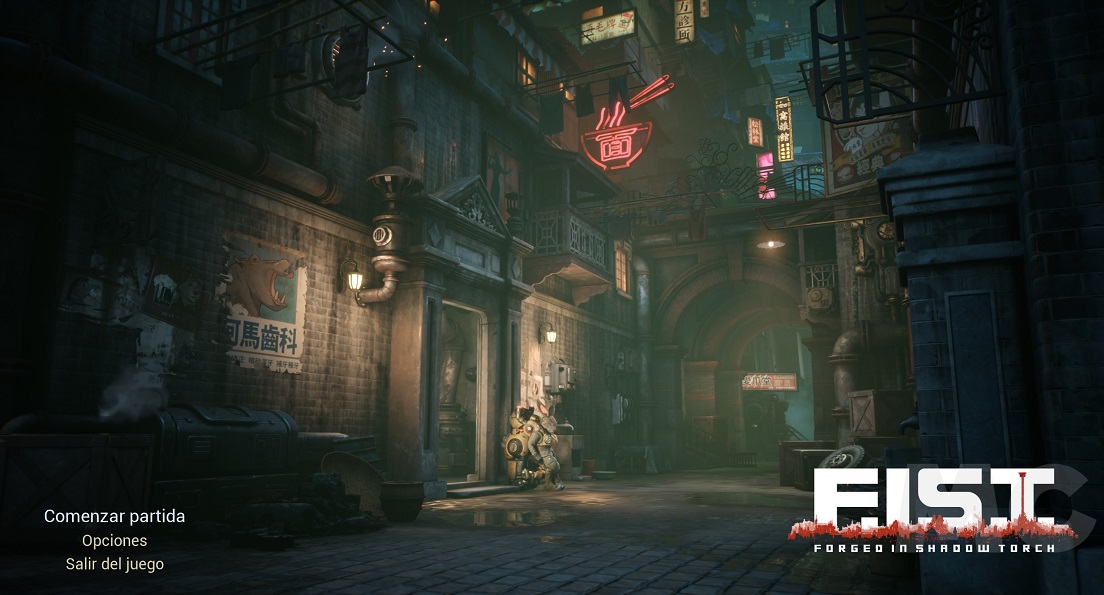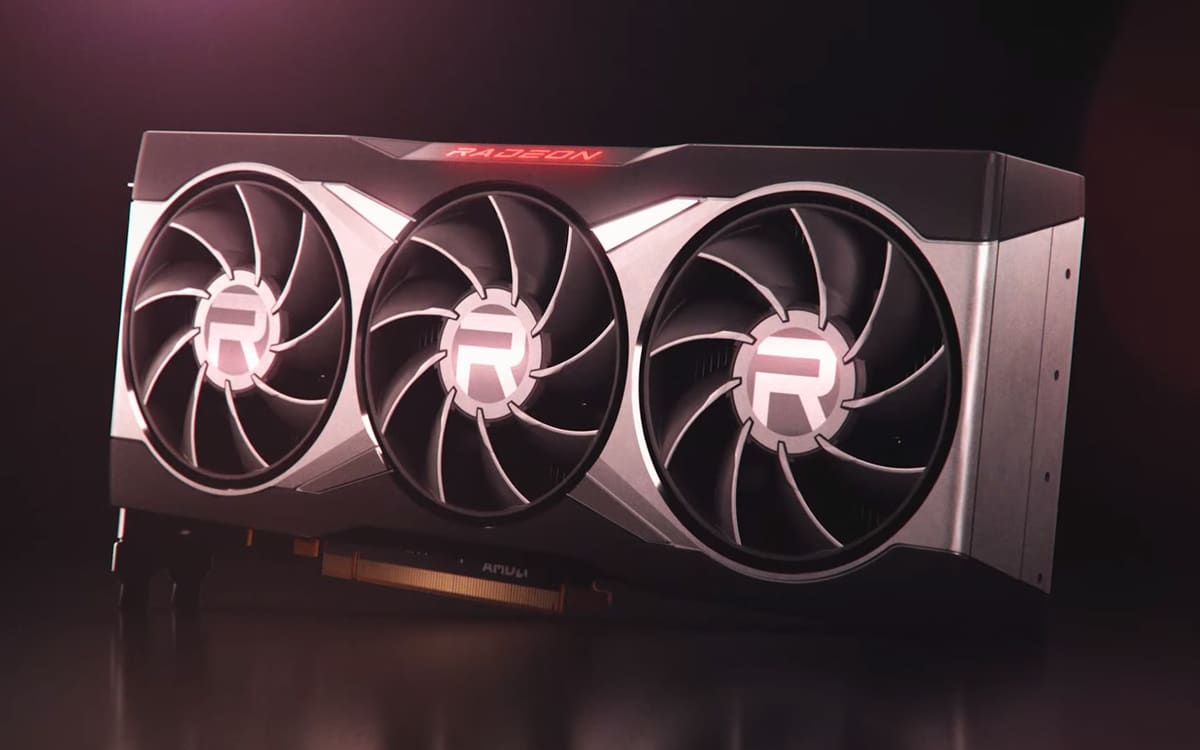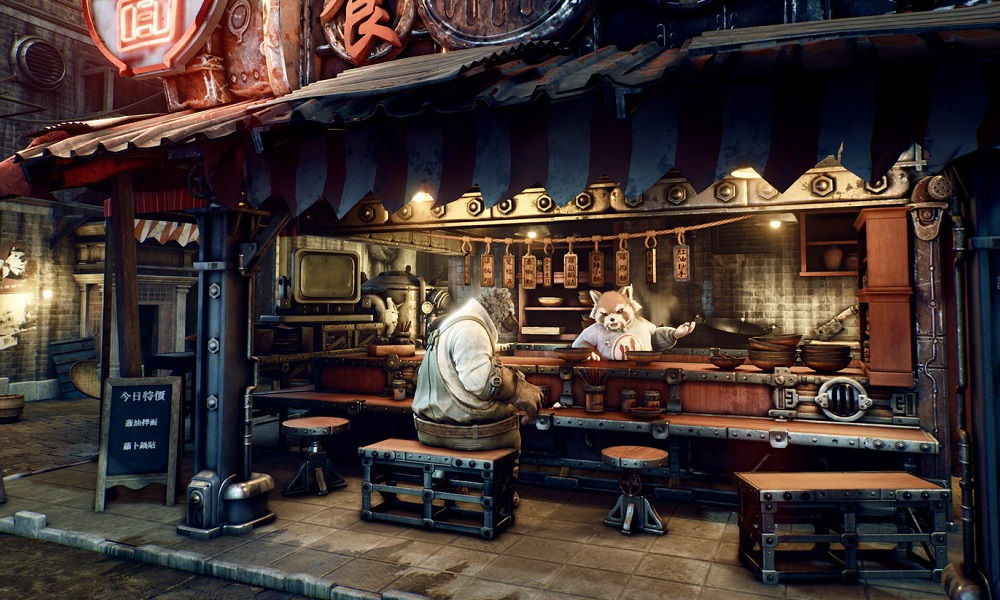
The launch of FIST Forged In Shadow Torch generated a lot of expectation, not in vain it is one of the Metroidvania titles with better graphic finish that we have seen so far, but the truth is that, beyond that beautiful facade, this game also shines thanks to its careful gameplay, its excellent setting and its refined story, which manages to keep us hooked from the beginning to the end.
Since the PC version was released, it was clear to me that I wanted to share a technical analysis with you, and today, finally, I was able to finish it. As I told you at the time, FIST Forged In Shadow Torch uses the Unreal Engine 4, still a true veteran who, however, has undergone a totally updated implementation in this game. Thanks to that, Supports DLSS, ray tracing applied to reflections, caustic and global illumination (the way in which light interacts when reflected by water or by crystalline or transparent objects) and is also compatible with NVIDIA Reflex.
The graphic finish of FIST Forged In Shadow Torch is, even without activating ray tracing, really good. Both the modeling of the characters and the design and level of detail of the scenarios are simply sublime, and contribute to generate a unique atmosphere that immerses us fully in a dystopian city where puzzles, platforms and action go hand in hand to coexist, almost in perfect harmony, with a story that ends up being told to perfection.
The animations and the little details They have also been taken care of with great care, and this puts the icing on a game that, of course, I think is highly recommended, even for those of you who are not lovers of the genre. For example, in the first map we can hit the lamps and they will move in a totally realistic way, illuminating other instances in the area, and the enemy soldiers generate, when they explode when defeated, a real spectacle of particle effects.
TiGames, developer of FIST Forged In Shadow Torch, has done an excellent job in every way, although it must be recognized thatsome textures are too flat, which are appreciated little popping problems on specific occasions (especially when changing scenes, although it does not always occur) and that there is a slight loss of detail at medium and long viewing distances. It’s nothing particularly serious, but it obviously slightly tarnishes the game’s technical bill.
FIST Forged In Shadow Torch has a low dependency on CPUAs expected, but you can get the most out of even a powerful GeForce RTX 3080 Ti if we activate ray tracing. In case we have a more modest graphical solution, we can enable DLSS to improve performance and add a layer of enhancement that we can adjust to our liking.
Ray Tracing and DLSS in FIST Forged In Shadow Torch: A Major Difference
We already saw a couple of weeks ago that the DLSS could triple performance in FIST Forged In Shadow Torch when used in 4K resolution, and with ray tracing enabled. Even at lower resolutions, when we use a more modest graphics card, such as an RTX 3060, this technology can increase performance. between 60% and 80%.
The performance improvement is very marked, but the most interesting thing is that there is no loss of image quality, nor is the sharpness reduced. In this sense, the presence of the enhancement filter is curious, since it allows us to customize the smoothing effect that occurs when DLSS is applied, and any other technology that reduces jagged edges. It is important to note, however, that applying a level that is too intense ends up being counterproductive, since it emphasizes the lines of the elements that make up the game too much, and makes everything too artificial.
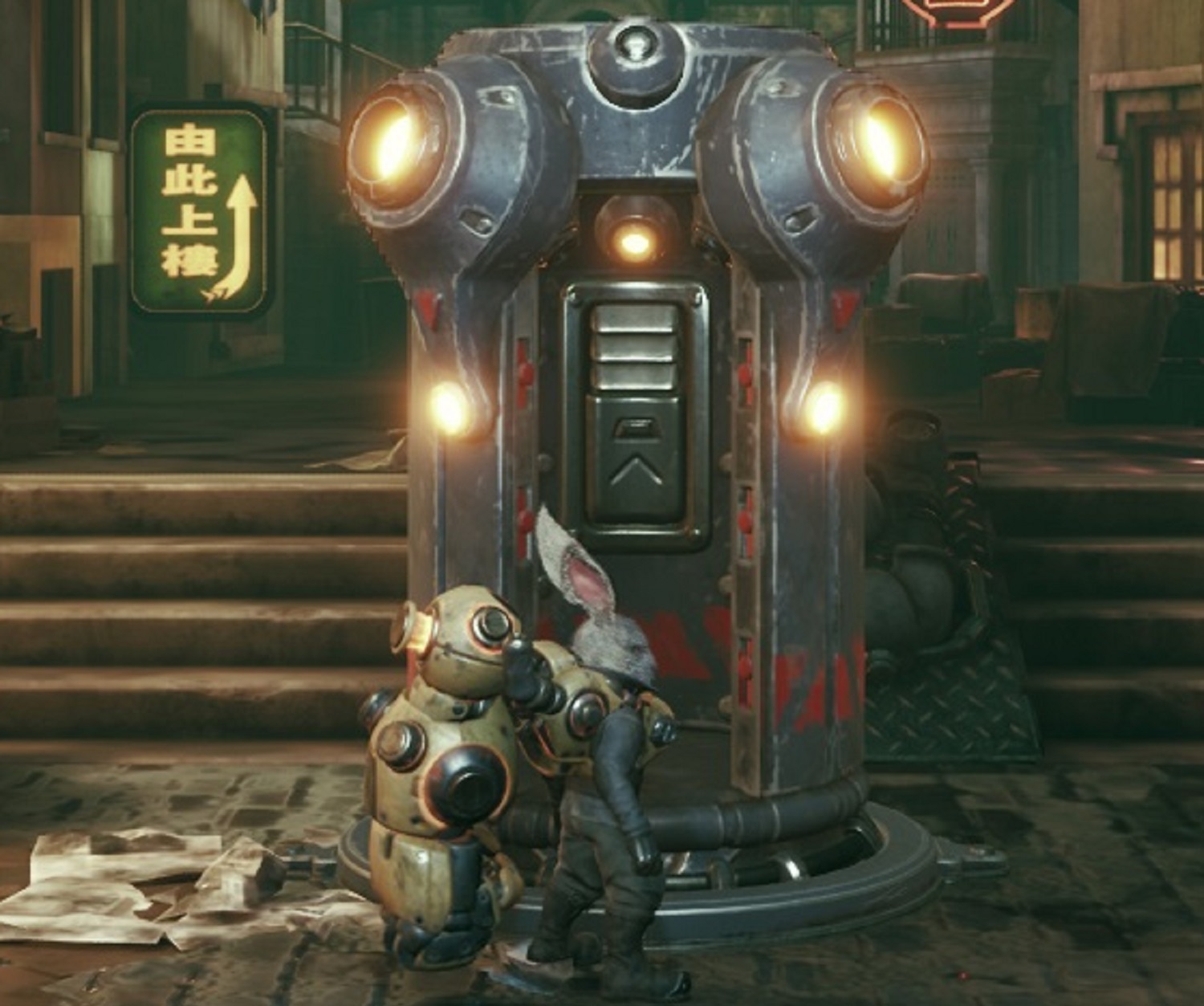
DLSS enabled
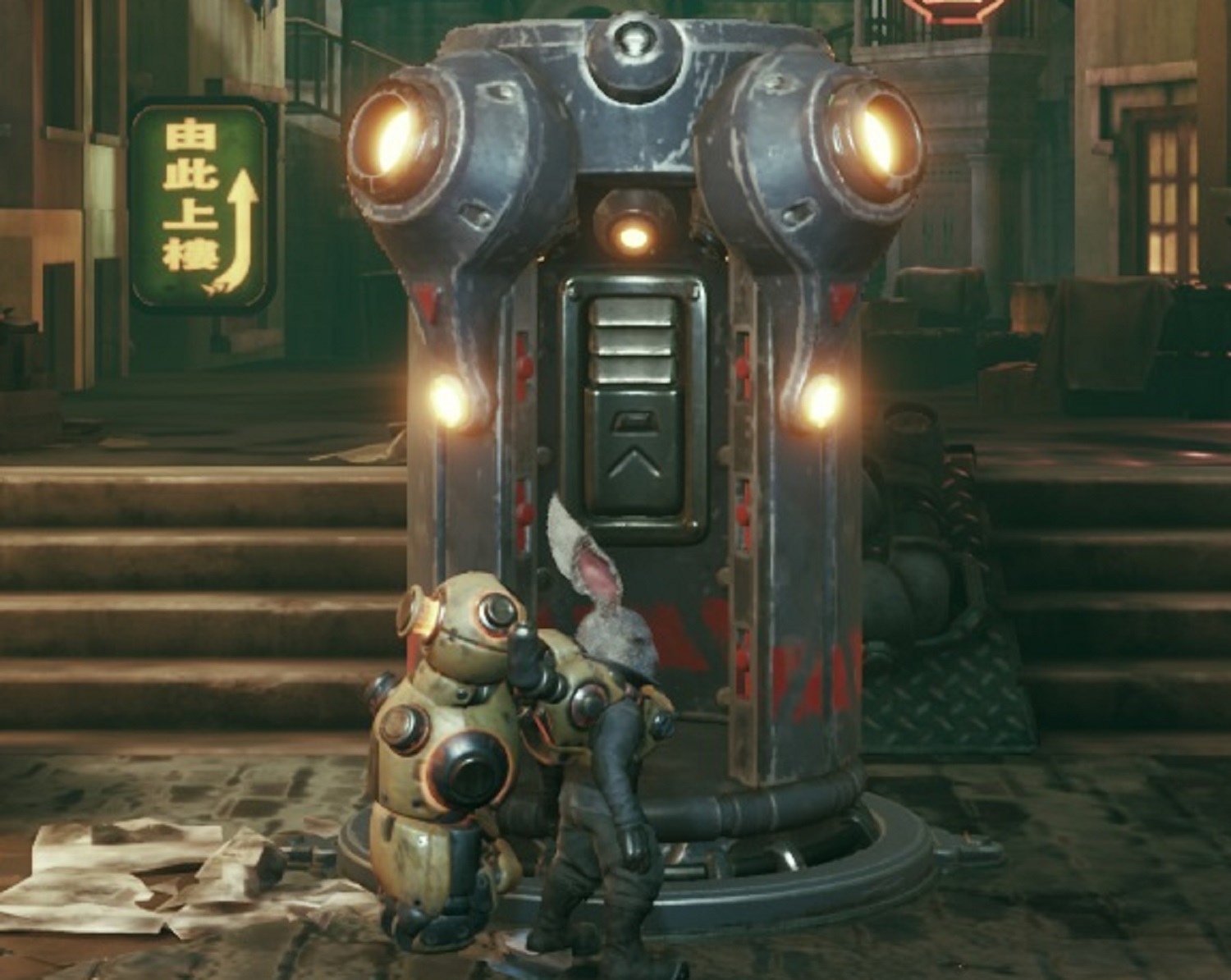
DLSS disabled
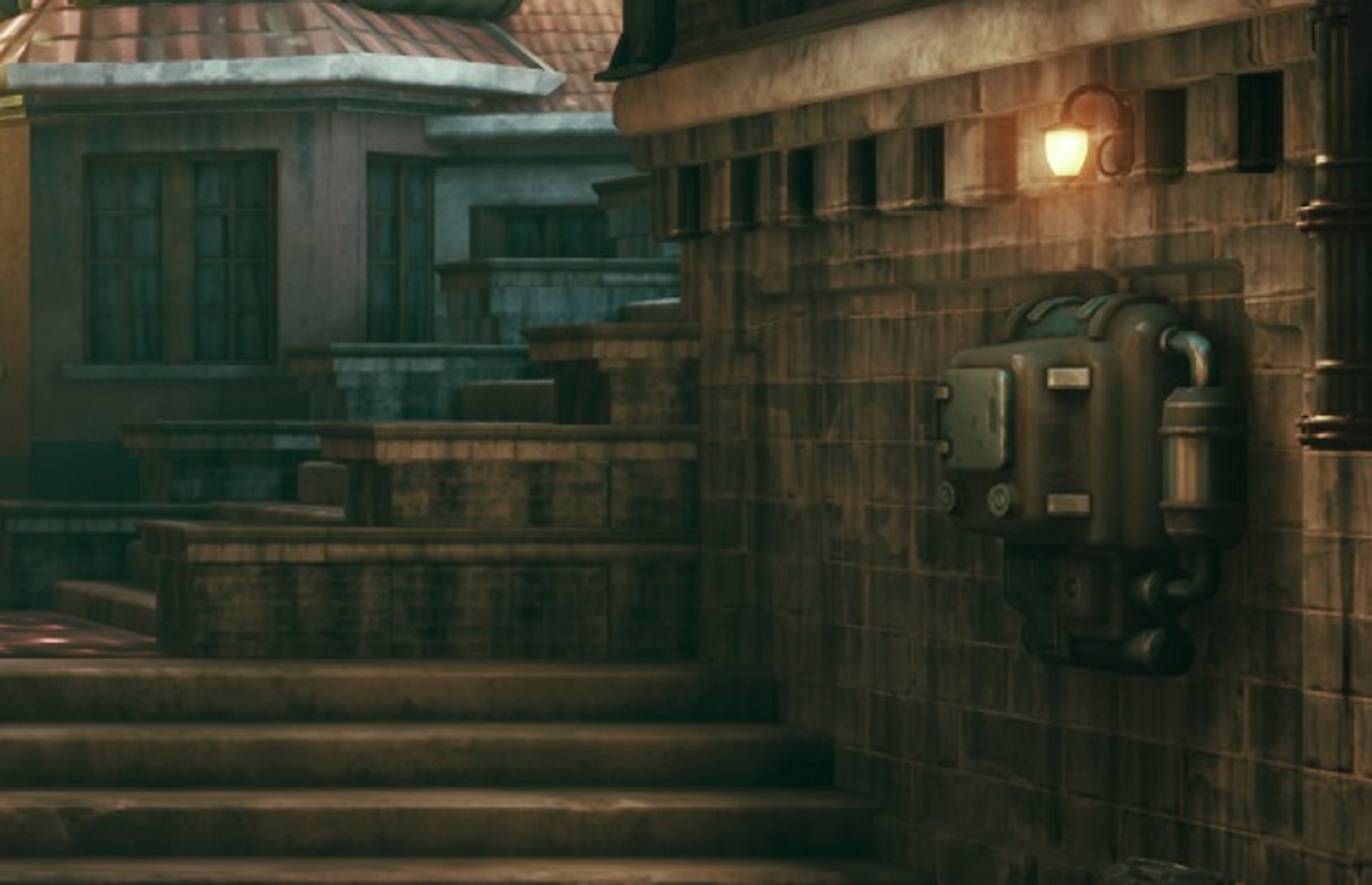
DLSS enabled
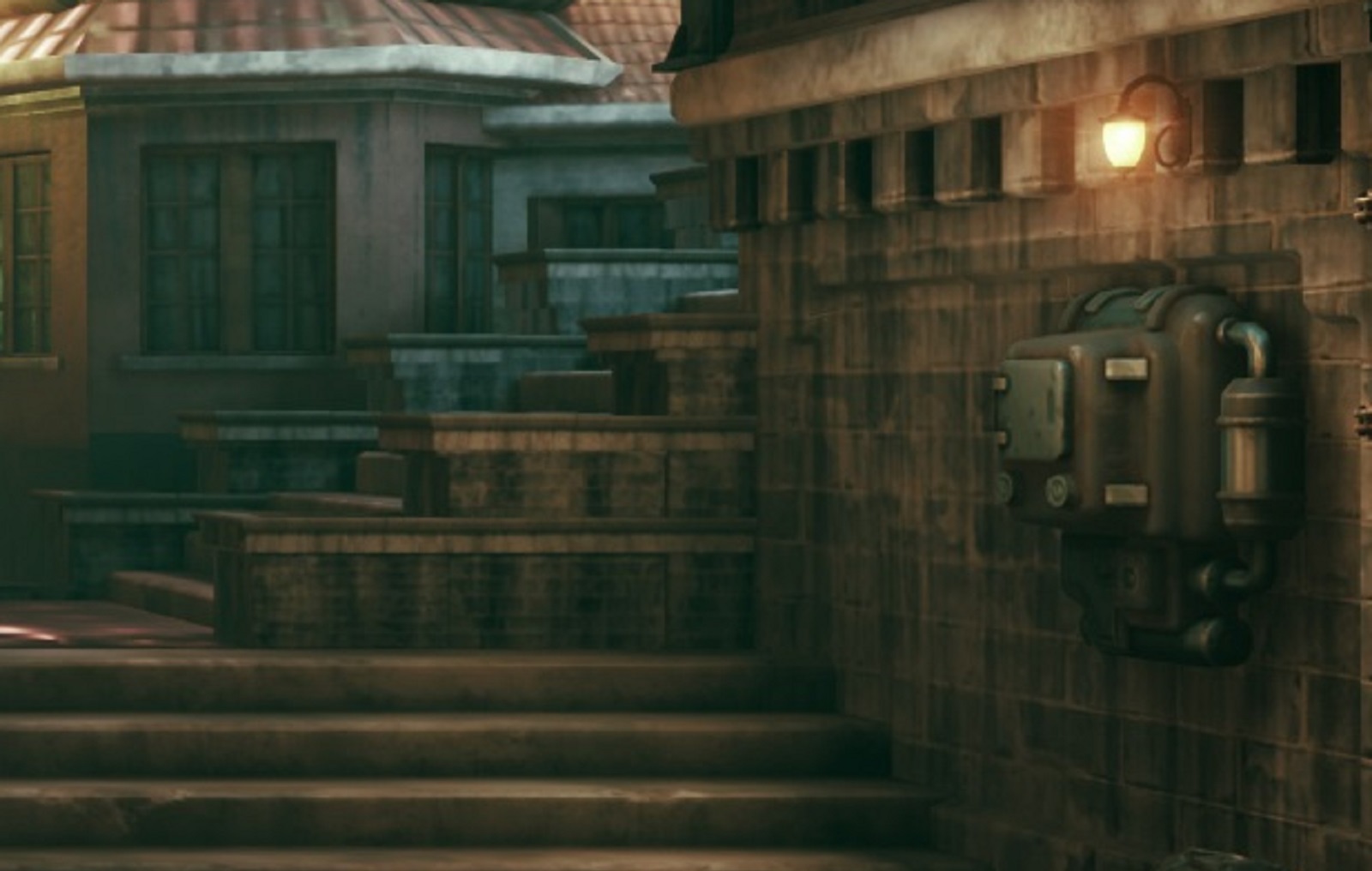
DLSS disabled
In the attached images you can see the same scene recreated with and without DLSS. Yes i know that it is impossible to identify, blindly, which is which, and this is a clear symptom of how well said technology works in this game, so much so that, frankly, there is no reason not to activate it if we have an RTX 2060 graphics card or better.
We now go to see how does ray tracing look in this game. I wanted to focus especially on global lighting as, in my opinion, it makes a big difference and makes FIST Forged In Shadow Torch take a very big leap on a technical level. Look at the images, since in each of them we are going to see the most important differences. You can click on each image to enlarge it.
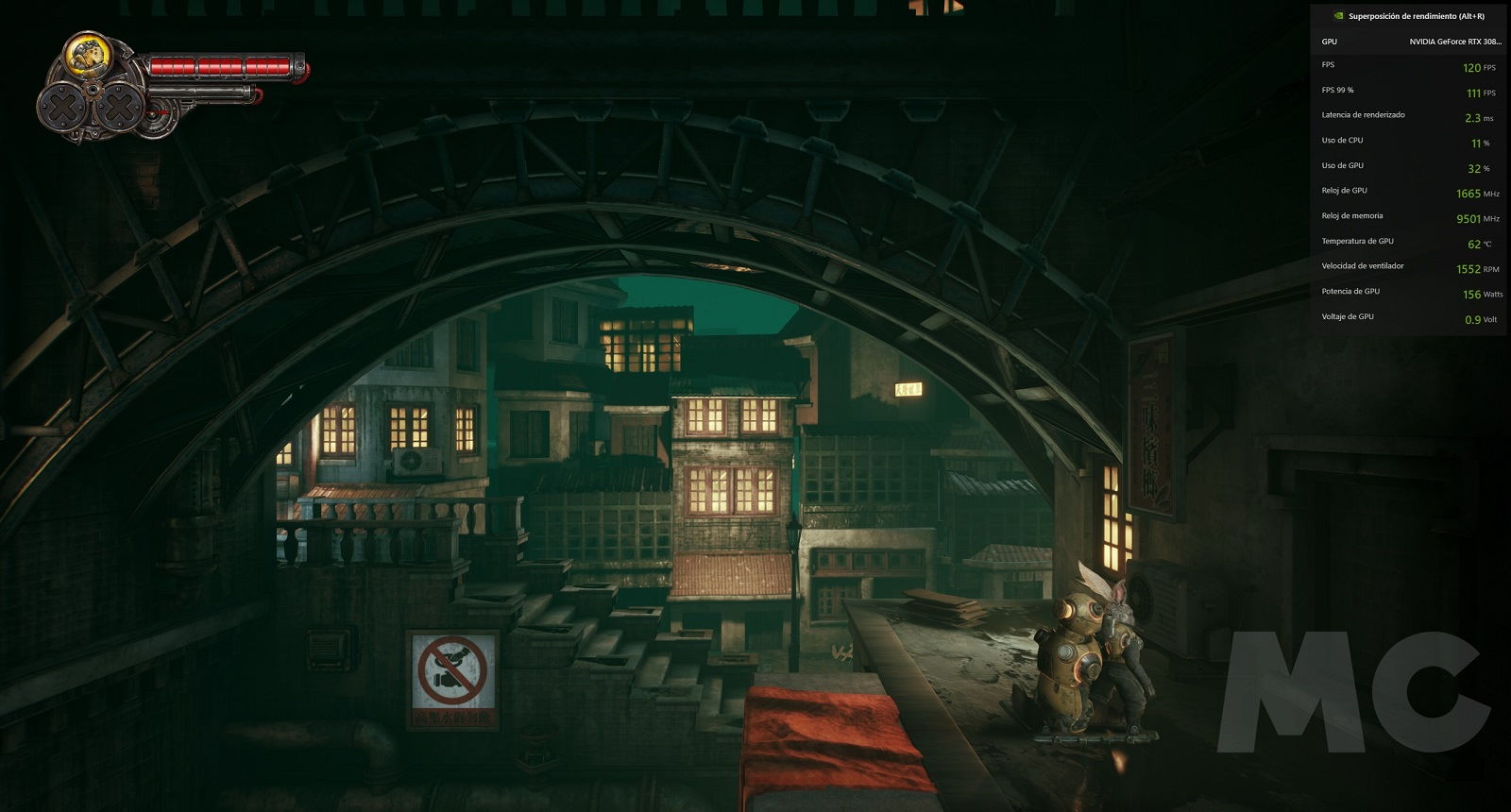
Ray tracing off
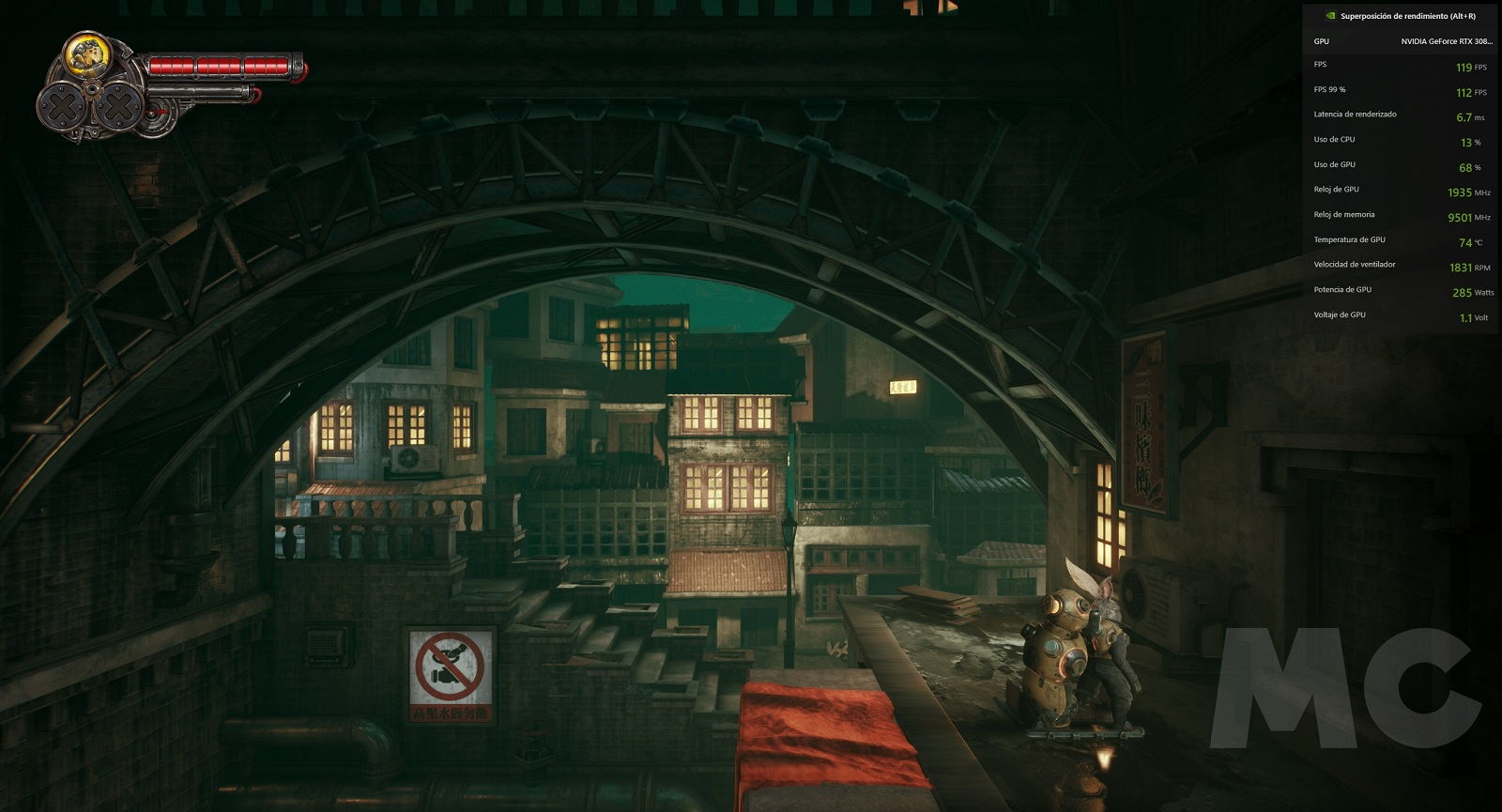
Ray tracing activated
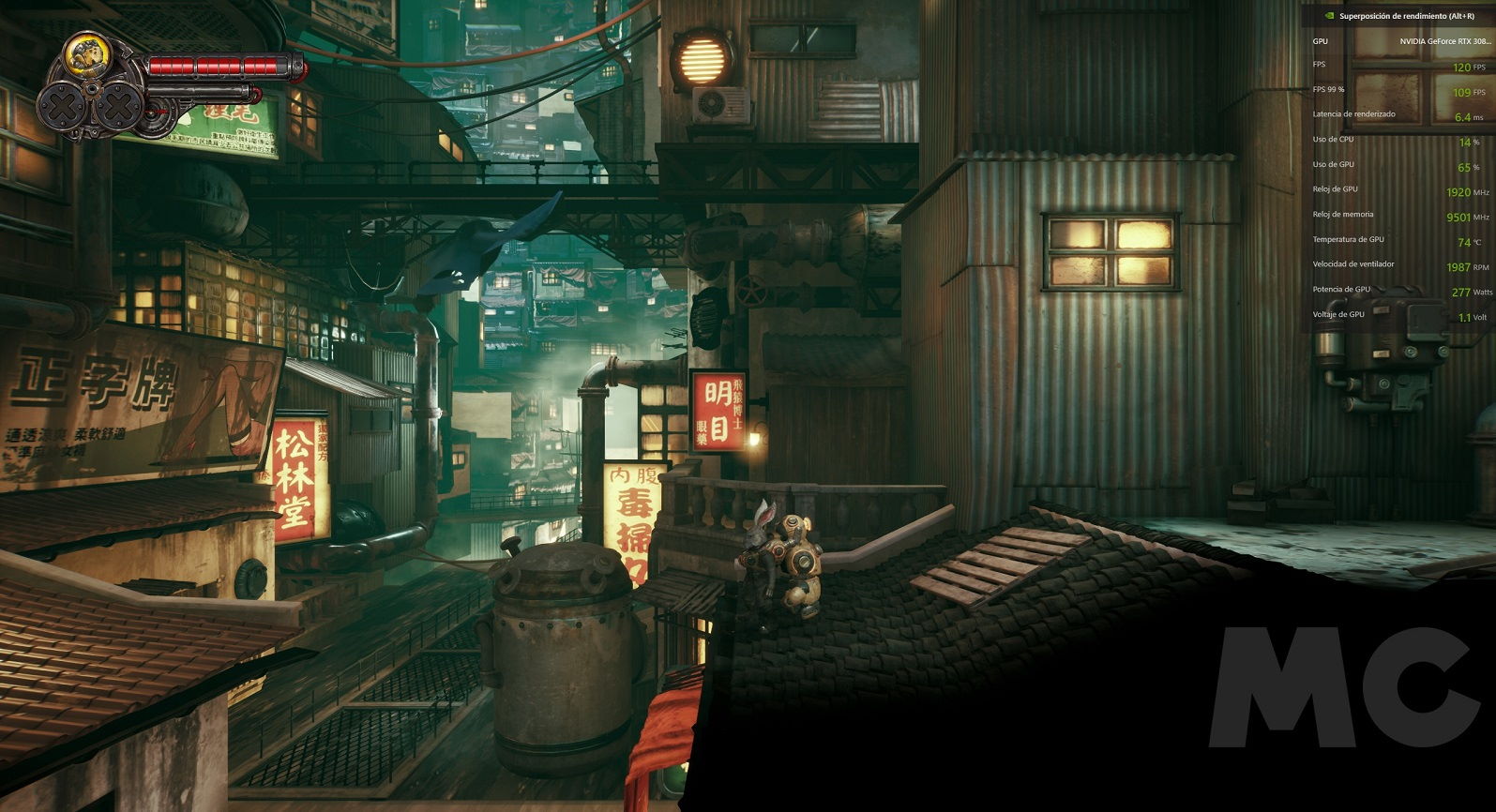
Ray tracing activated
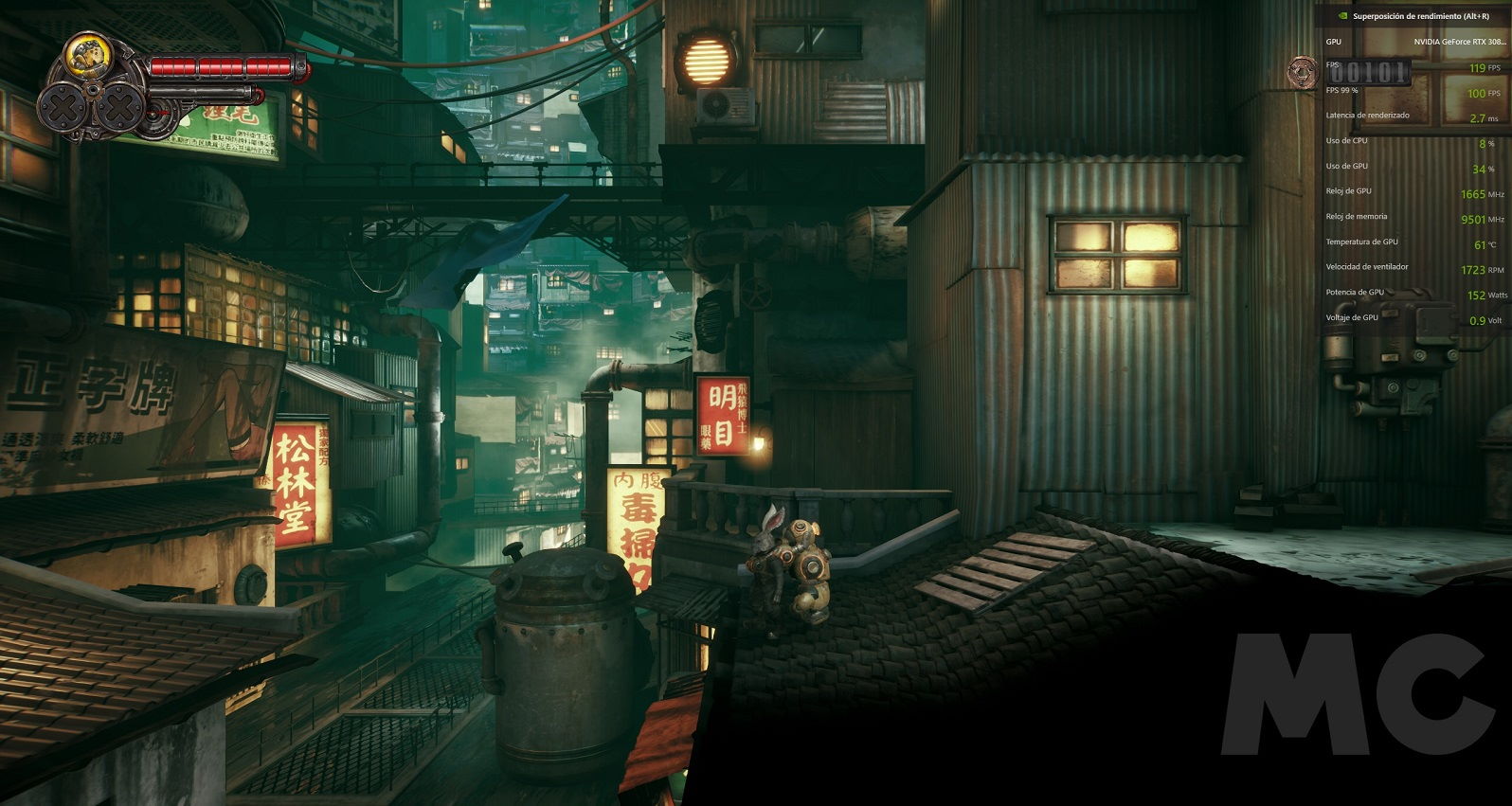
Ray tracing disabled
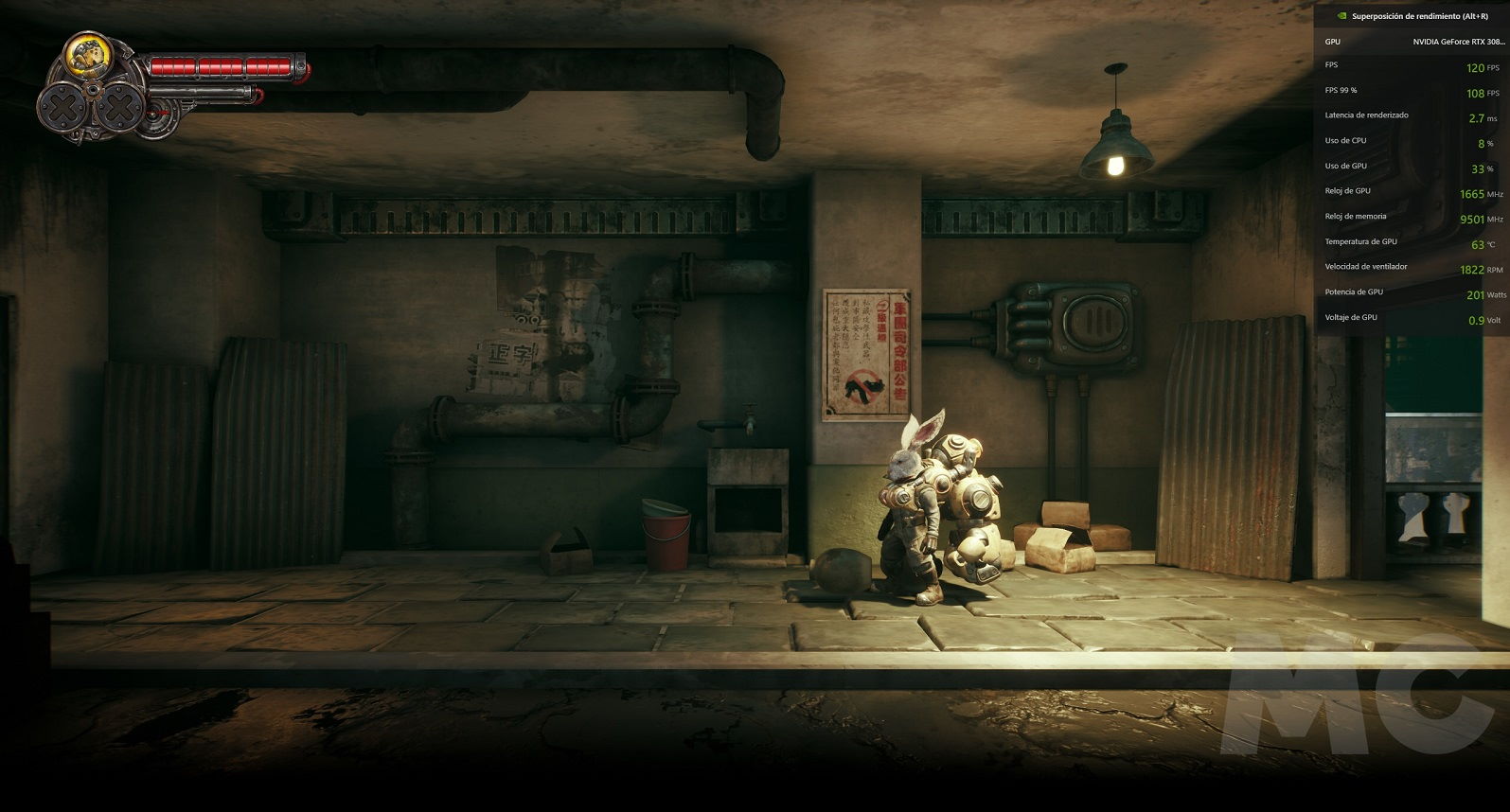
Ray tracing off
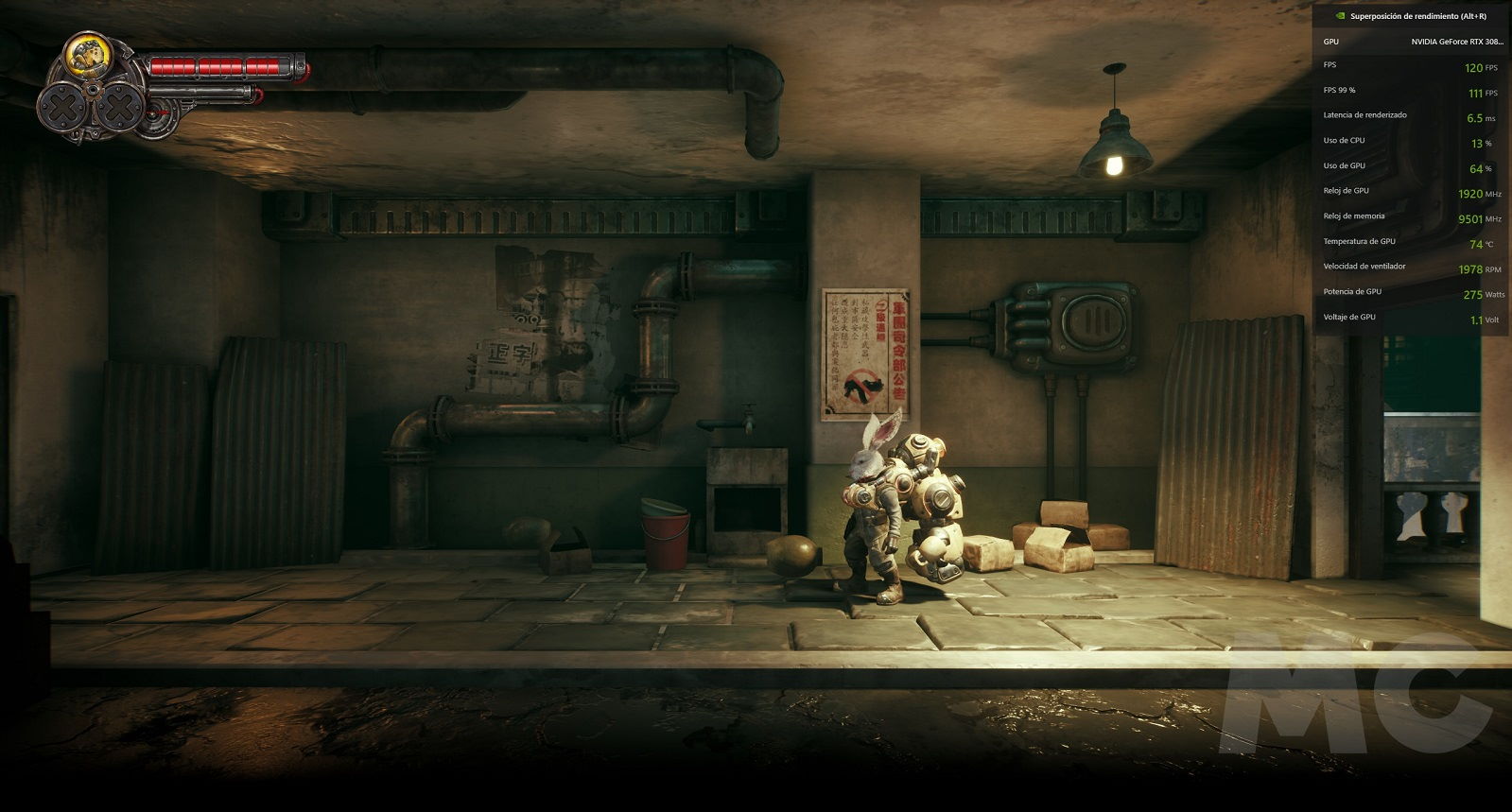
Ray tracing activated
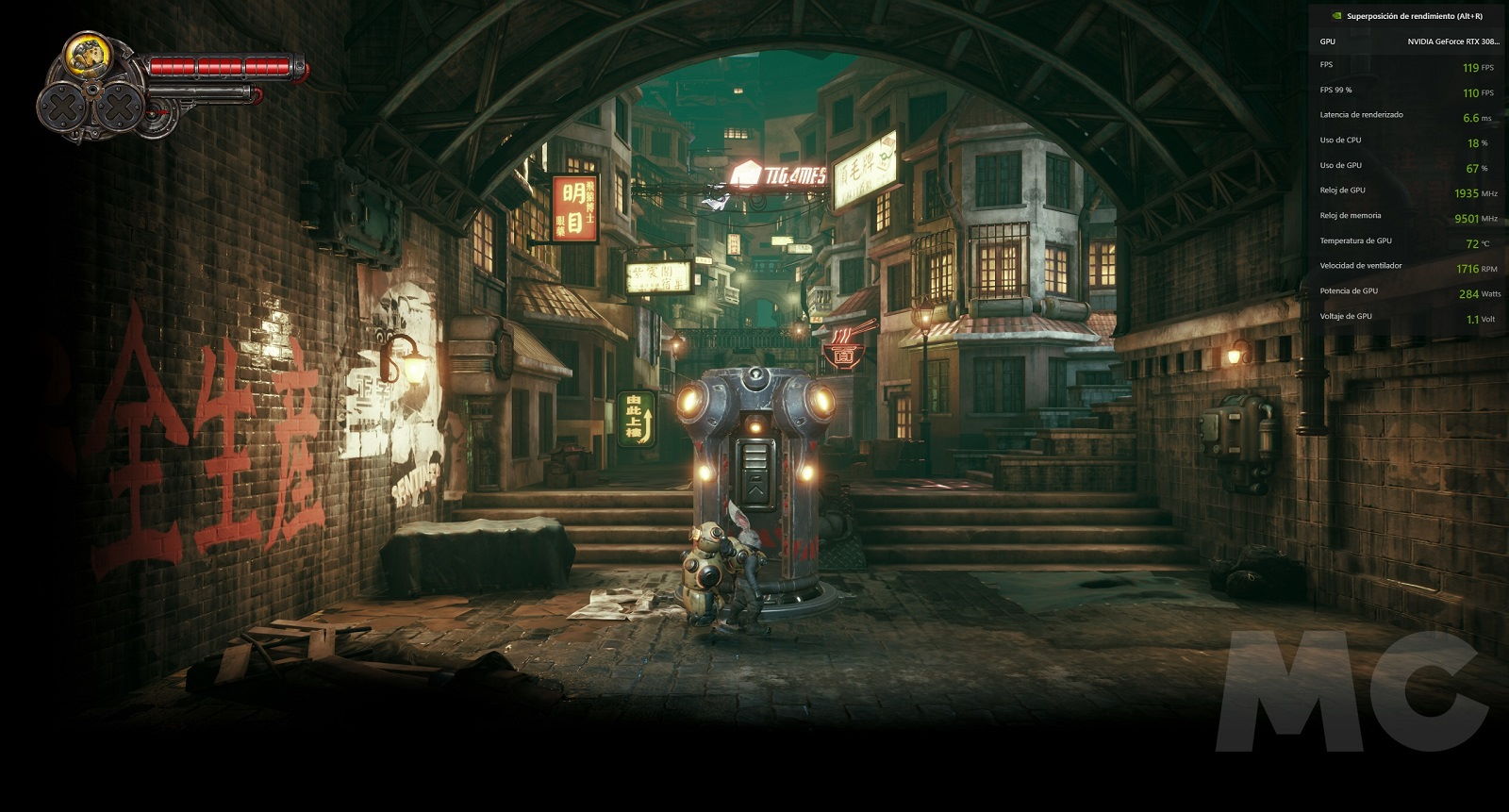
Ray tracing activated
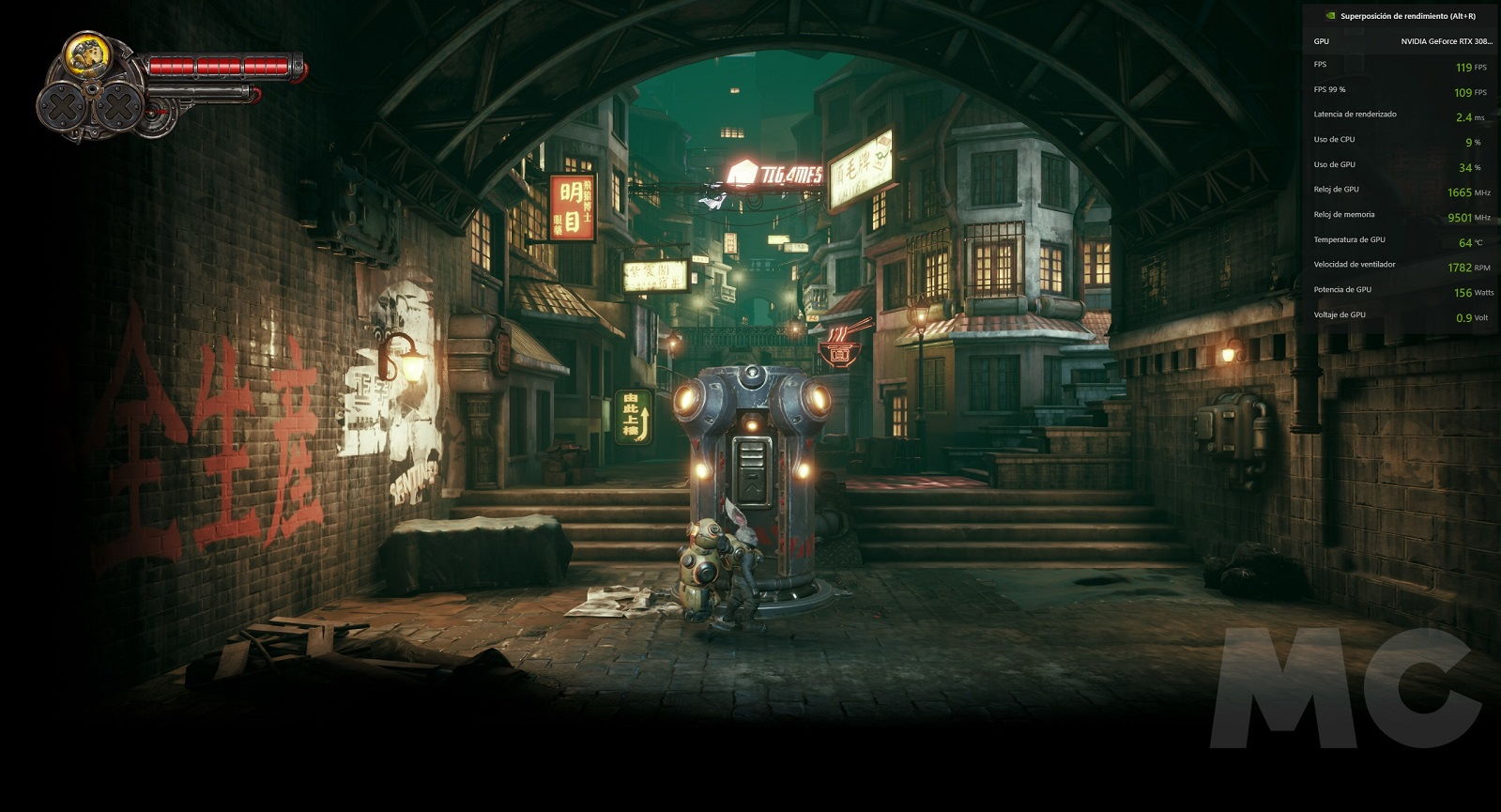
Ray tracing off
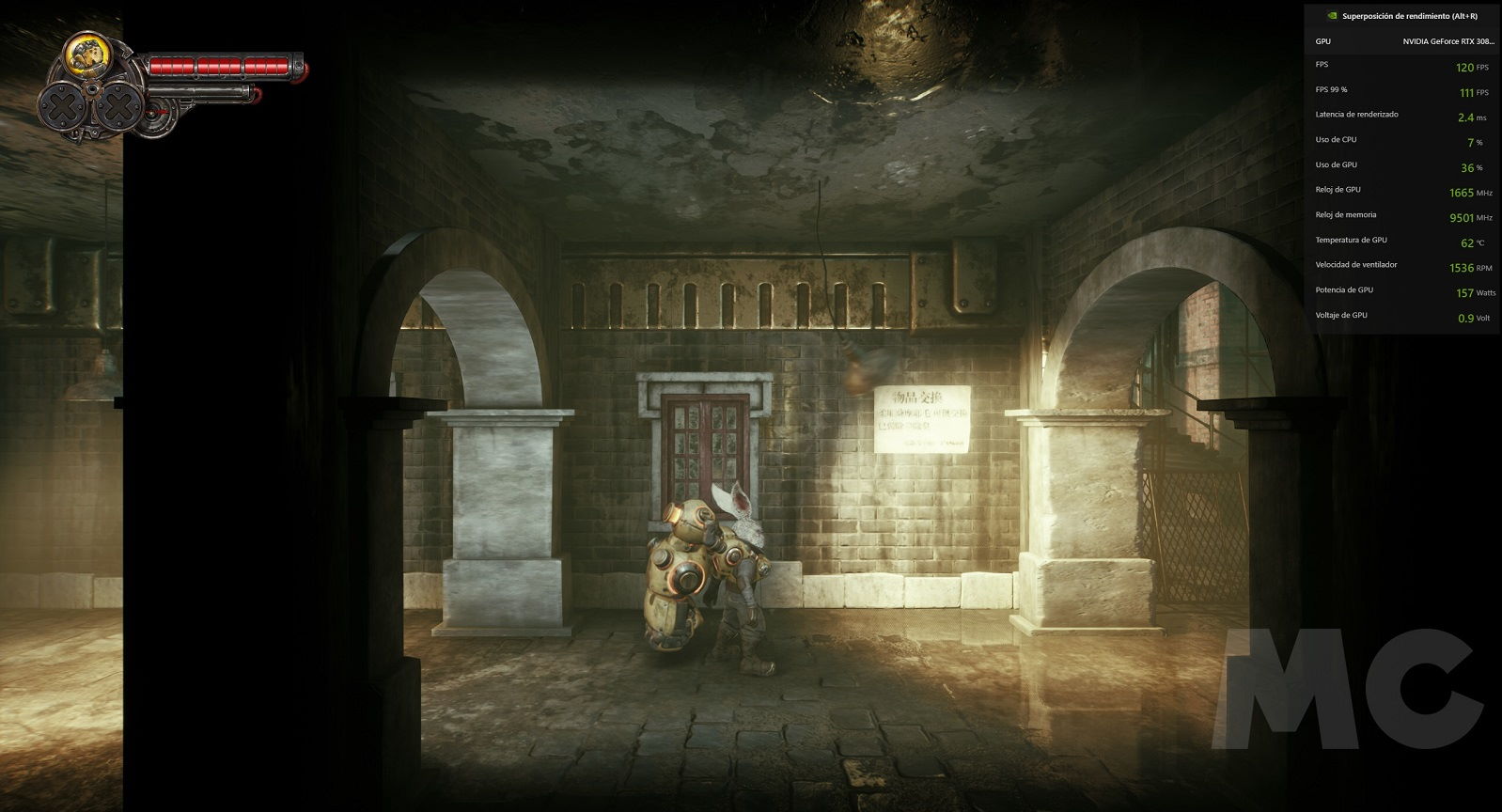
Ray tracing off
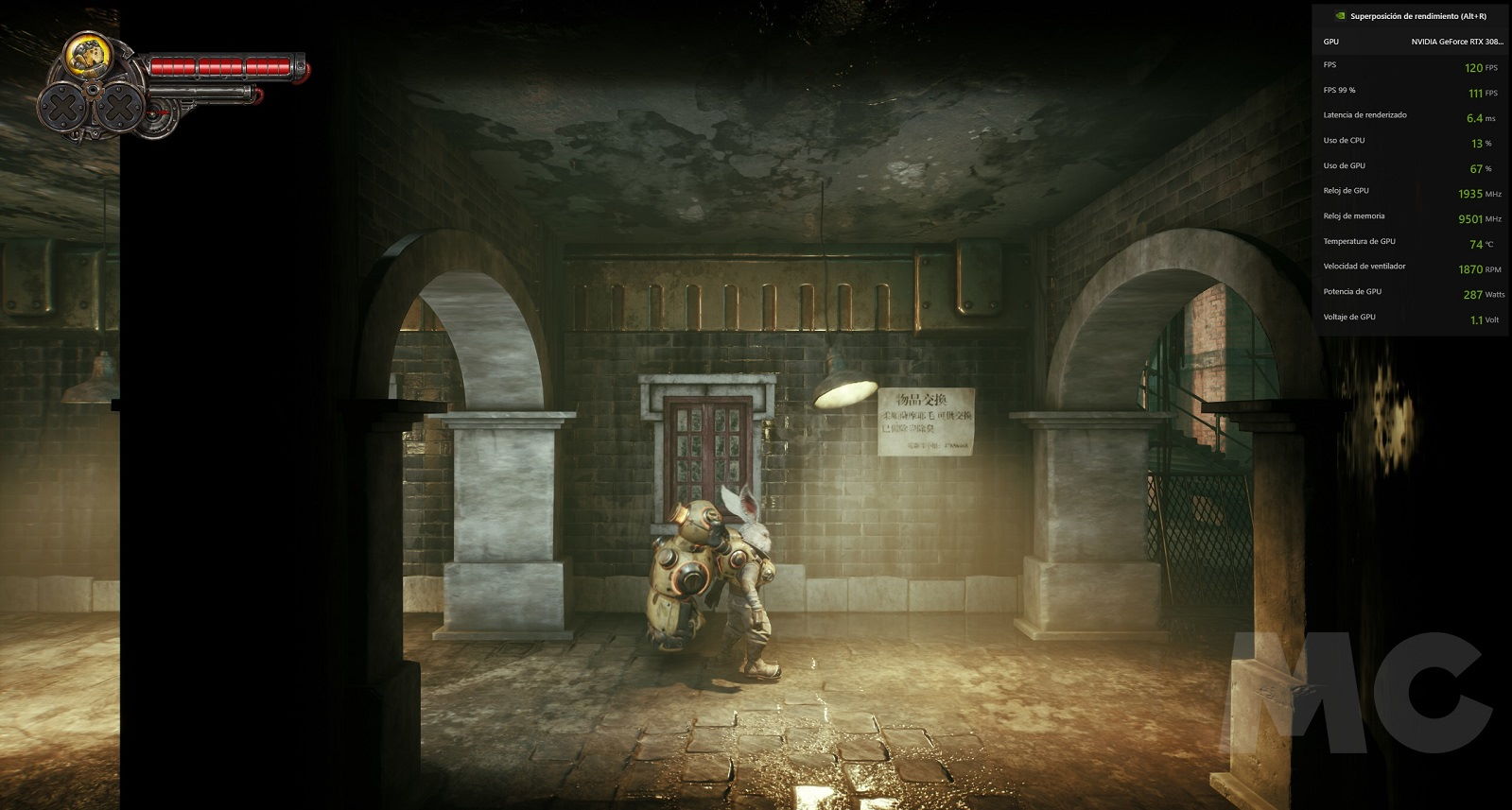
Ray tracing activated
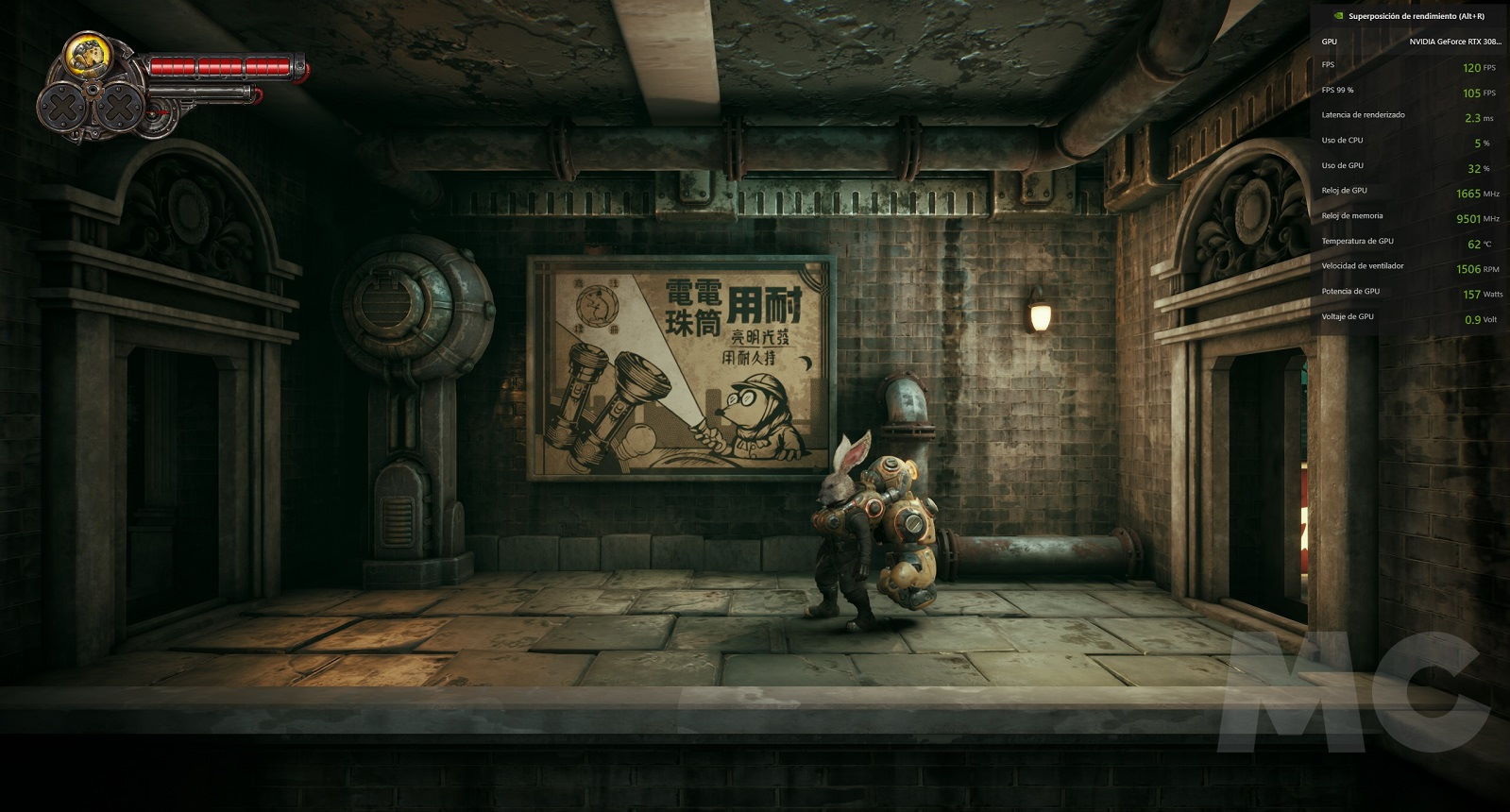
Ray tracing off
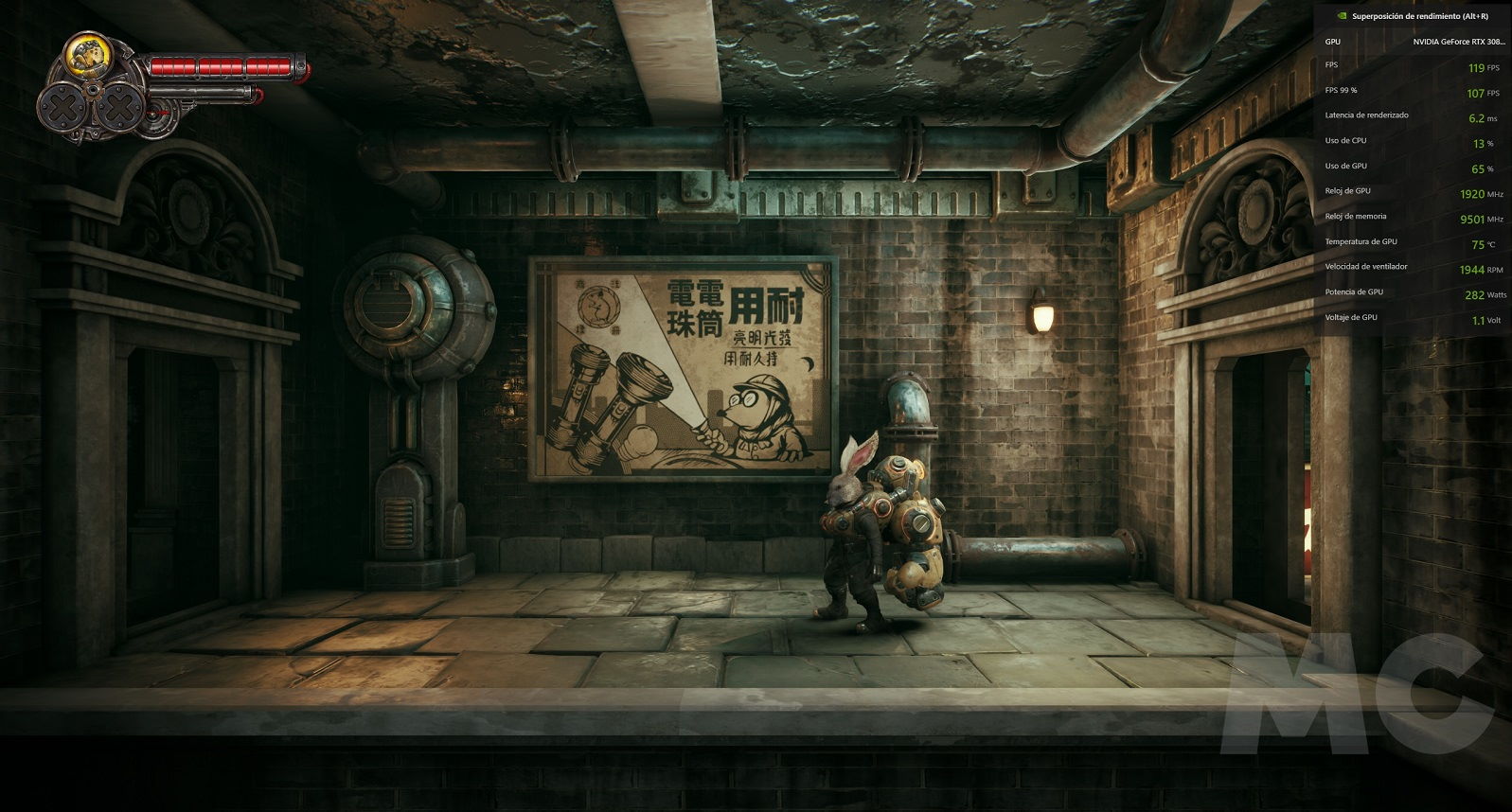
Ray tracing activated
Activating ray tracing makes all the light sources present in each scene interact in a more realistic way, and much more precisely, with all the elements that are in it, both directly and indirectly. The latter is especially important, since thanks to ray tracing the light reaches the areas it should reach, that is, it adequately “bathes” each corner of the map, and it does so with an adequate intensity.
By cons, when we deactivate ray tracing, there is a significant loss of realism in the lighting, especially because of the impact that indirect lighting that we have referred to should have. This is clearly visible in all images, and is evident in interior areas, where fewer light sources are present and it is easier to determine the real impact that these should have.
As for ray tracing applied to reflections, it works in two very clear ways. On the one hand, generates realistic reflections based on surface finish. This means that if a surface is matte, it will not generate the typical mirror effect that would occur with reflections from screen space. On the other hand also limits reflections to those that should actually occur depending on the scene, and the position of the player, making sure that those reflections that should not exist do not appear on the scene.
Regarding performance, nothing to complain about. I have played it on a G-Sync compatible monitor, and the experience has been perfect in this regard, that is, I have not identified no stuttering or tearing problems. If your monitor does not have this technology, nothing happens, you can activate the “V-Sync” and choose the frame rate per second that you want to limit.
Frankly, for a Metroidvania title, the technical bill it presents is truly spectacular. As we have indicated it is not perfect, but the staging that TiGames has achieved by combining the Unreal Engine 4 with ray tracing and DLSS is outstanding, and confirms that Both technologies can significantly improve any type of game.
